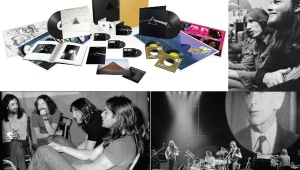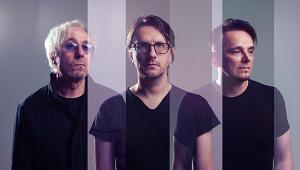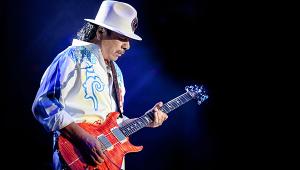The Making of John Lennon's Gimme Some Truth. The Ultimate Mixes
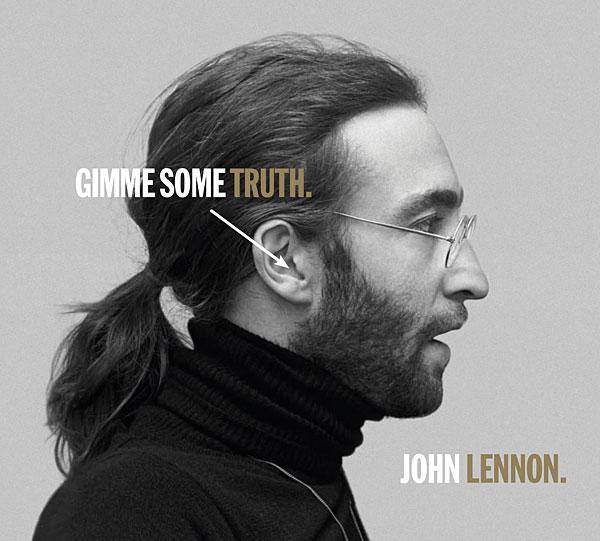
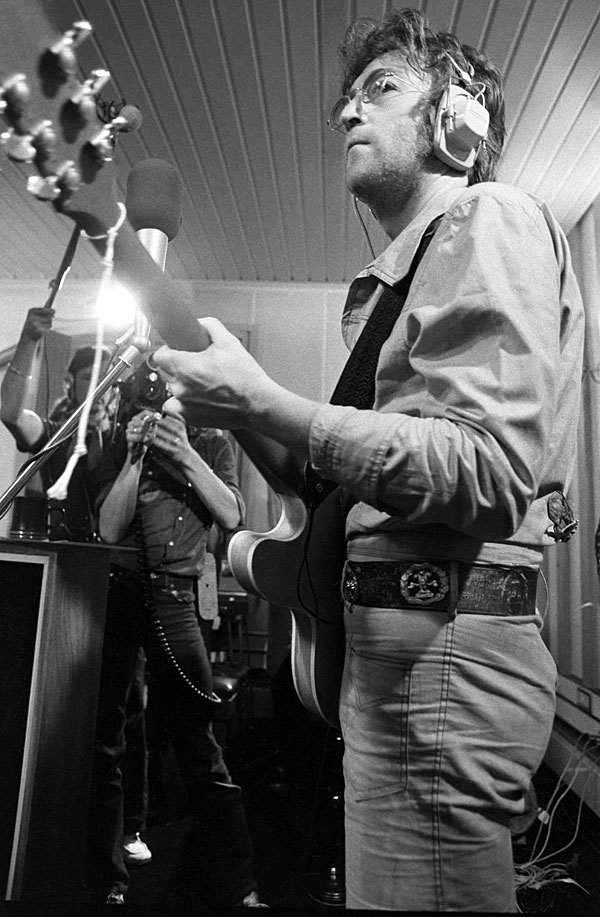
Ono had begun the Ultimate Collection series with Lennon's 1971 classic, Imagine, which not only had powerful new mixes of the album tracks created by triple-Grammy–winning engineer Paul Hicks, but session outtakes and fascinating "Evolution" audio montages by Sam Gannon detailing the recording development of each song. The series will continue with Lennon's first solo album, John Lennon/Plastic Ono Band, which is currently in the works.
For this release, though Hicks would once again be called on to create new mixes, they differ, in a way, from those on the Ultimate Collection sets. "The Ultimate sets are really about being the ultimate exploration of the album as a deep-listening experience, to allow fans to not only be entertained, but educated and inspired," explains Ono's compilation producer, Simon Hilton. "For this package, we knew it would include the Ultimate Mixes, but this time, this was purely focused on master takes. We weren't going to explore all of that peripheral material."
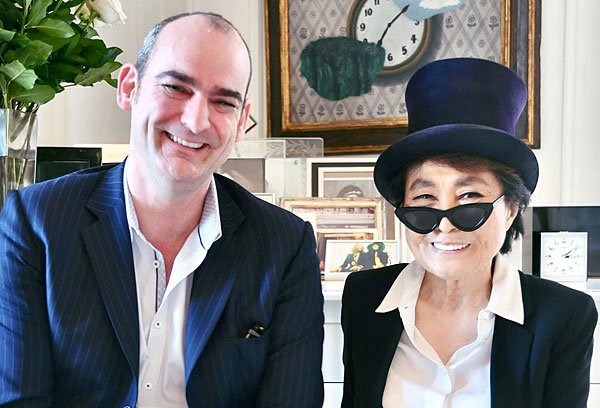
What separates Gimme Some Truth from previous Lennon "greatest hits" collections, besides the new mixes, is its track selection. The list, compiled by Yoko and Sean, brings fans a greater sense of Lennon's messaging and career than a basic hits set would have. "We didn't want it to be just another John Lennon 'best of' album, because there've been so many," Hilton explains. "It was really important to make this quite different," both in its sound quality and song choice. "Both of those things really help create a set that sits better, sonically, as a group. Sean sequenced the album. It's almost like your dream John Lennon concert, taking you through John's repertoire, from beginning to end, mostly chronologically, with 'Give Peace a Chance' and 'Happy Xmas' at the end, as encores."
The set spans two CDs, with Lennon's earlier material on the first, and 1974 and beyond on the second disc, which contains a good many tracks from the 1980 Double Fantasy sessions, John and Yoko's return to recording after a five-year absence. "Nearly all of John's songs from those sessions are here, something Sean felt very strongly about. He was there—he lived through that time, as a young boy. They mean the world to him."
The album title itself—the name of one of Lennon's strongest tracks on Imagine—was chosen quite early on in the process, Hilton notes. "It was felt to be the most important and potent phrase," over "Power to the People" or "Give Peace a Chance." "It's especially the most relevant to 2020. And that also influenced the choice of tracks, being relevant to now and to the overall theme of the set, where each song represents a core essential or existential truth."
Mixing Gimme Some Truth
There were a few other members of the engineering team apart from Hicks. Sam Gannon managed the audio archive for the project, as he had done previously on Imagine, shepherding original masters and accompanying resources (such as tape box images and the original engineers' track sheets showing what was on each track of the multitrack tapes). The original tapes were transferred at Abbey Road by veteran Matthew Cocker, who had worked on the label's Beatles 50th anniversary box sets. And from New York, Lennon audio archivist, engineer, and producer Rob Stevens supplied the hi-res Pro Tools files, which Gannon would then tidy up, performing any restoration needed (as detailed below), before forwarding them to Hicks. The final mixes and compilation were, at the end, mastered in analog at Abbey Road by Alex Wharton, another veteran of recent Beatles/solo projects.
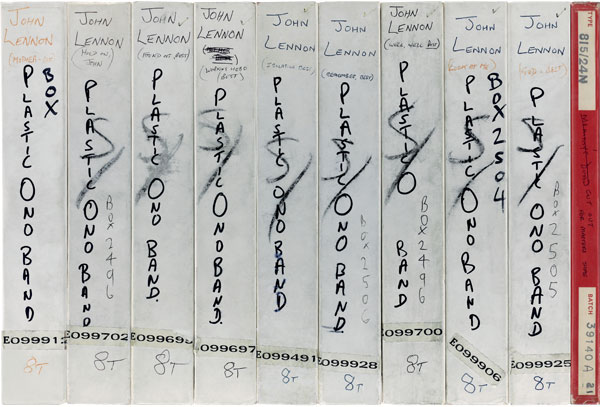
Track sheets, by the way, were somewhat of a new invention in the early days of Lennon's solo work, arriving around 1971. Prior to that, when Abbey Road was still recording on 4- or 8-track tape, the engineer would simply write the track breakdown on the tape box label, along with descriptions of takes (and identification of the master). "Even as late as Plastic Ono Band, in 1970 at Abbey Road," Gannon notes, "there was just listing of takes, etc., on the box, with no track sheet."
Hicks mixed mainly at his own home studio, REVL8, in Los Angeles, instead of at Abbey Road, where he had mixed in the past (and where he came up as an engineer in the 2000s) and had recently completed the remix for The Rolling Stones' Goats Head Soup with producer Giles Martin—the pair won Grammys for their soundtrack to The Beatles' LOVE soundtrack CD.
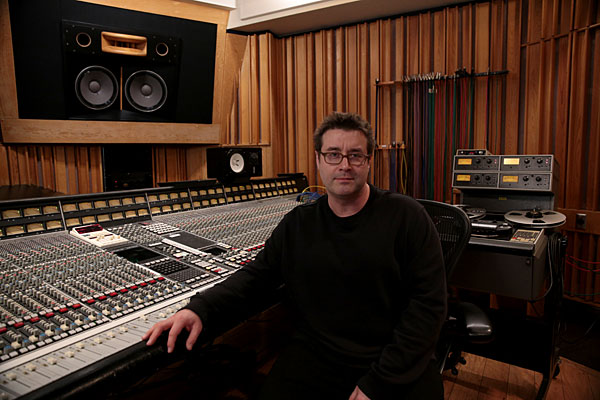
The main reason for the switch, of course, was COVID. Says Hilton, "Normally, we'd sit with Yoko in Sear Sound, in New York, or at Abbey Road in London, and go through all of the initial choices with her, and then make a plan and go off to work. But, of course, none of that was possible." Instead, the team took advantage of Sean Lennon's own recording prowess and technical expertise.
Both Sean and his mother had specific direction for Hicks and team. "The first thing Sean told us was that, in order for the sound of the mixes to be truly special, he wanted the audio effects and main mix bus to be done using analog equipment," not the digital plugins in common use today by engineers using Pro Tools mixing software. "And that was a great decision. It made the mixes of the era from whence they came, which was perfect."
Yoko's own direction was simple: "It was about John's voice," says Hicks. "That was where she knew the soul of each recording laid."
While on previous projects the team would be stuck in one zone, working on a single album, for up to two years, they now found themselves in new territory. As they began working on just single tracks from albums, beginning with 1972's Some Time in New York City, and moving upward, they began realizing possibilities available to them. "As we started getting into mixes," says Hilton, "we collaboratively realized that bringing John's vocal up and making things sound more contemporary or more authentic, there were possibilities with some of the tracks which were more unusual, and which were going to sound a lot better."

